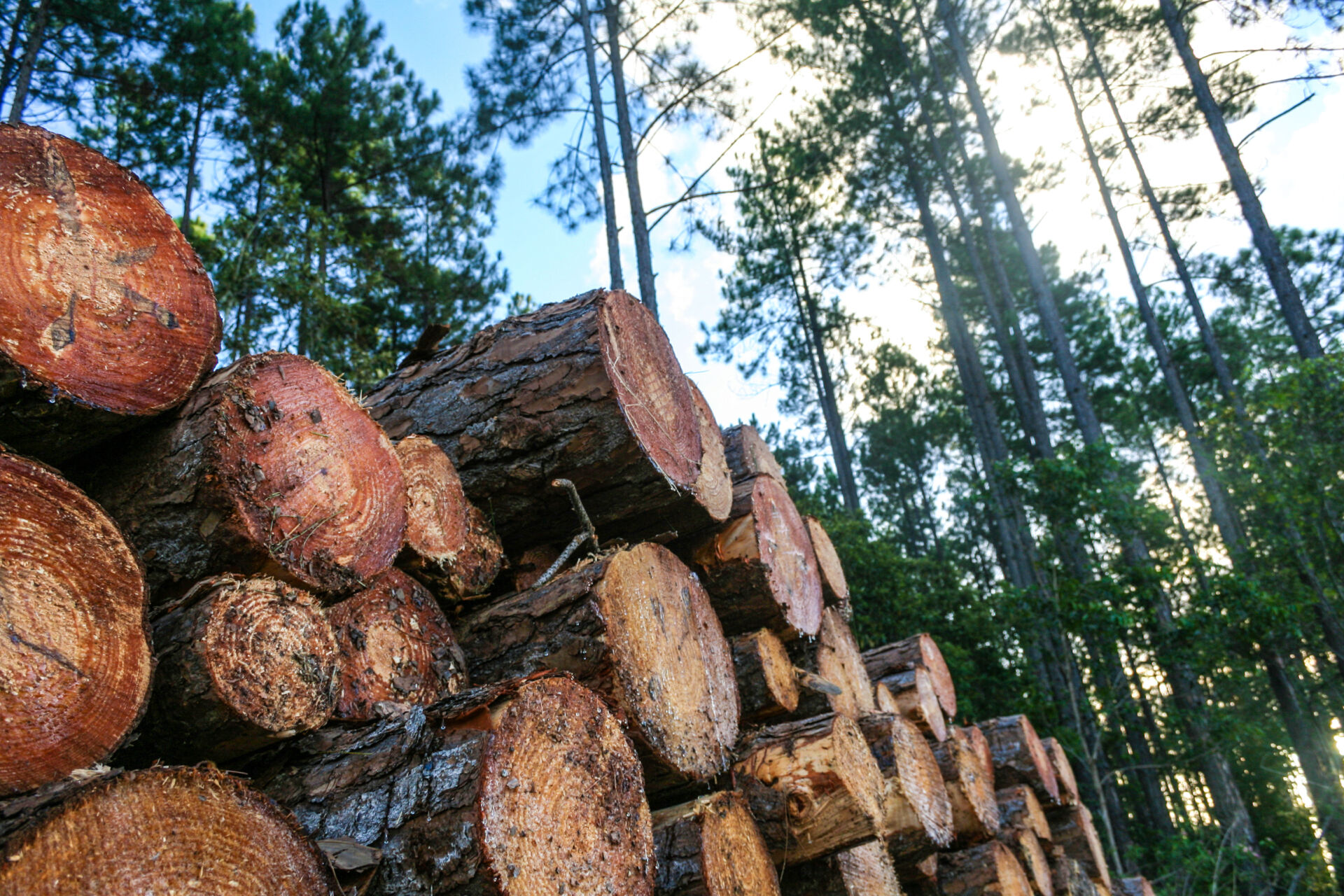Metric:
Volume of cultivated timber resources
Metric:
Quality of environmental asset
Metric:
Cultivated timber resources harvested
Metric:
Cultivated timber resources harvested - monetary value
Units
Example methods / guidance / references
What are tiers?
Tier 1
Estimate using own judgement and observations
Tier 2
Estimate using third-party professional estimates or public data
Tier 3
Model or measure based on site-specific surveys/sampling, remote or in-field sensing, laboratory analysis, etc.
Example data sources
Internal records
Third-party data sources
Data on annual production of timber resources in Australia, by forest type, log type and state or territory, are available in the latest version of Australian Bureau of Agricultural and Resource Economics and Sciences (ABARES) – Australian forest and wood products statistics.
Site-specific measurements or model outputs
Last updated: 26th September 2024
Units
Example methods / guidance / references
What are tiers?
Tier 1
Multiply physical flow quantity by estimated monetary value per unit
Tier 2
Multiply physical flow quantity by estimated monetary value per unit
Tier 3
Multiply physical flow quantity by estimated monetary value per unit
Example data sources
Internal records
Third-party data sources
Site-specific measurements or model outputs
Notes
See SEEA-CF, s. 5.8.4 for advice on methods for estimating the monetary value of the timber resource asset (as opposed to the value of the physical flow of natural inputs from the asset).
Last updated: 9th October 2024
Units
Example methods / guidance / references
What are tiers?
Tier 1
Estimate using own judgement and observations
Tier 2
Estimate using third-party professional estimates or public data
Tier 3
Model or measure based on site-specific surveys/sampling, remote or in-field sensing, laboratory analysis, etc.
Example data sources
Internal records
Third-party data sources
Maps showing assessed commerciality of Australia’s native forest are available at the latest version of Australia’s State of the Forests Report. (e.g. see Australia’s State of the Forests Report 2018 – Australia’s native forest available and suitable for commercial wood production, 2016.
Site-specific measurements or model outputs
Notes
Work in progress - Feedback welcome
Last updated: 15th October 2024
Units
Example methods / guidance / references
What are tiers?
Tier 1
Estimate using own judgement and observations
For example, methods for measuring volume of timber resources can be found in Abed and Stephens (2003), ‘Tree measurement manual for farm foresters‘.
Tier 2
Estimate using third-party professional estimates or public data
Tier 3
Model or measure based on site-specific surveys/sampling, remote or in-field sensing, laboratory analysis, etc.
Example data sources
Internal records
Third-party data sources
Maps showing the locations of Australian forests, by type, are available at Forests Australia – Forest maps (select Interactive maps of Australia’s forests – Forests of Australia).
Site-specific measurements or model outputs
Data on area of Australian cultivated timber resources are available in the latest version of Australian plantation statistics.
Notes
Timber resources are defined as “the volume of trees, living or dead, and include all trees regardless of diameter, tops of stems, large branches and dead trees lying on the ground that can still be used for timber or fuel” (SEEA-CF 2012, para. 5.350). To be consistent with the SEEA Central Framework, the methods used to determine volume should reflect the volume that is commercially usable, taking into account local conditions and practices. The volume of timber resources is often referred to as the volume of ‘standing timber’, which can include dead trees or logs that are still useful for timber products or fuel.
Last updated: 11th December 2024

